
帶(dài)你(nǐ)了(le)解全自動超聲波清洗機可能(néng)出現的一些問題(tí)
作者:創始人來源:http://www.ahfanglei.com/時間:2025-05-07
全自動超聲波清洗機在實際應用過程中,常(cháng)麵臨清洗效(xiào)果、超聲波係統(tǒng)以(yǐ)及液體管理係統等多(duō)方麵問題,這(zhè)些問題不僅影響清洗效率與質量,還可(kě)能導致設備故障,以下(xià)是對常見問題(tí)的詳細分(fèn)析及對應的解決方案。
In practical applications, fully automatic ultrasonic cleaning machines often face various problems such as cleaning effectiveness, ultrasonic systems, and liquid management systems. These problems not only affect cleaning efficiency and quality, but may also lead to equipment failures. The following is a detailed analysis of common problems and corresponding solutions.
在清洗效果(guǒ)問題上,清洗不徹底是較(jiào)為突(tū)出的情況。其原因主要涉及超聲波頻(pín)率(lǜ)、清洗劑(jì)濃度和溫度控製三個方麵。不同的清洗(xǐ)對象對應(yīng)著不同的超聲(shēng)波頻率,若使用的 28kHz、40kHz、80kHz 等頻率與應用場景不匹配,就無法(fǎ)達到理想的清洗效果;當清洗劑濃(nóng)度低(dī)於推薦值 15% 時,難以充分溶解和去除汙(wū)垢;而溫度控製偏差若超出(chū)工藝(yì)要求的 ±5℃範圍(wéi),也(yě)會影(yǐng)響(xiǎng)清洗的(de)化學反應和超聲波的空化效應(yīng)。針對工件表麵損傷問題,可(kě)采取一係列預防措施,對於(yú)脆性材料,改用≥80kHz 的(de)高頻清洗方式,能夠在保證清洗效果的同時減少對(duì)工件的損傷;增加緩衝支架可有效減少清(qīng)洗過程中工件的相互碰撞;對於精密件,將清(qīng)洗時間嚴格(gé)控製在 3 分鍾以內,避免過度清洗造成損壞。
In terms of cleaning effectiveness, incomplete cleaning is a prominent issue. The main reasons involve three aspects: ultrasonic frequency, cleaning agent concentration, and temperature control. Different cleaning objects correspond to different ultrasonic frequencies. If the frequencies used, such as 28kHz, 40kHz, 80kHz, etc., do not match the application scenario, the ideal cleaning effect cannot be achieved; When the concentration of the cleaning agent is lower than the recommended value of 15%, it is difficult to fully dissolve and remove dirt; If the temperature control deviation exceeds the ± 5 ℃ range required by the process, it will also affect the chemical reaction of cleaning and the cavitation effect of ultrasonic waves. A series of preventive measures can be taken to address the issue of surface damage to workpieces. For brittle materials, high-frequency cleaning methods with a frequency of ≥ 80kHz can be used to reduce damage to the workpiece while ensuring cleaning effectiveness; Adding buffer brackets can effectively reduce collisions between workpieces during the cleaning process; For precision parts, strictly control the cleaning time within 3 minutes to avoid damage caused by excessive cleaning.
超聲(shēng)波係統(tǒng)故障(zhàng)主要體現(xiàn)在換(huàn)能器效率下降(jiàng)和發生器(qì)報警兩方麵。在(zài)換能器效率下降的(de)診斷(duàn)中(zhōng),阻抗測試(shì)、絕緣電(diàn)阻檢測和振幅檢測(cè)是重要手段。當阻(zǔ)抗測試結果(guǒ)與(yǔ)正常值 50±5Ω 的偏差超過 10% 時,意味著換能(néng)器性能出現問題(tí),需要(yào)進行更(gèng)換;若絕緣電阻低於 10MΩ,應立即停用設備,防止發生安全事故;當振幅檢(jiǎn)測值小於 25μm 時,則需對驅動(dòng)電路進行檢查和修複(fù)。發生器報警(jǐng)時,不同的代碼對應著不同的故障原因(yīn)及處理方式。出現 E01 過流保護代碼時,需仔細檢查換能器電纜是否存在短路情況;E02 過熱保(bǎo)護代碼提示應及時清理(lǐ)散(sàn)熱風機的(de)積塵,保證良好的散熱效果;當出(chū)現 E03 頻率失鎖代碼時,需(xū)重(chóng)新匹配諧振電容,以恢複設備正常工作頻率。
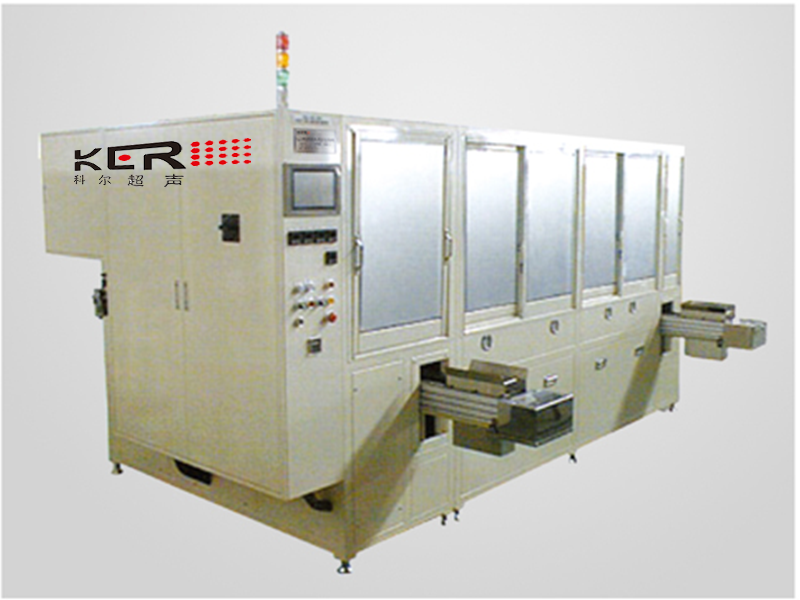
Ultrasonic system failures mainly manifest in two aspects: decreased transducer efficiency and generator alarms. Impedance testing, insulation resistance testing, and amplitude testing are important methods for diagnosing the decrease in transducer efficiency. When the deviation between the impedance test result and the normal value of 50 ± 5 Ω exceeds 10%, it means that there is a problem with the performance of the transducer and it needs to be replaced; If the insulation resistance is lower than 10M Ω, the equipment should be immediately stopped to prevent safety accidents; When the amplitude detection value is less than 25 μ m, the driving circuit needs to be inspected and repaired. When the generator alarms, different codes correspond to different fault causes and handling methods. When the E01 overcurrent protection code appears, it is necessary to carefully check whether there is a short circuit in the transducer cable; E02 overheat protection code prompt: Clean the dust accumulation of the cooling fan in a timely manner to ensure good heat dissipation effect; When the E03 frequency loss lock code occurs, it is necessary to re match the resonant capacitor to restore the normal operating frequency of the equipment.
液(yè)體管理係統的常見問(wèn)題包括(kuò)泡沫(mò)溢出和過濾係統堵塞。對於泡沫溢出問題,可(kě)通過多種方式進行控製,按 0.1%-0.3% 的比例添加消泡劑,能夠有效抑製泡沫(mò)產生;安裝液位傳感器並與補液係統聯動,可根據液位變化自動調節液體補(bǔ)充量,避免(miǎn)因液位過高導致泡沫溢出;將噴淋(lín)壓力(lì)優化至 0.2-0.5MPa 的(de)合(hé)理範圍,也有助於(yú)減少泡沫生成。在過濾係統堵塞的維護方麵,初級過濾需(xū)每天清理目數(shù)≥200 的濾網,及時去除(chú)大顆粒雜質;每月更換精(jīng)度為 5μm 的精密濾芯,確保過濾效果;同時,每周進行浮油排放,做好油水分離工作,以維持液體管理係統的正常運行,保障清洗機(jī)的工作效率和清洗質量。
Common problems with liquid management systems include foam spillage and clogged filtration systems. Foam overflow can be controlled by various ways. Adding defoamer at the proportion of 0.1% -0.3% can effectively inhibit the production of foam; The liquid level sensor is installed and linked with the liquid replenishing system. The liquid replenishing amount can be automatically adjusted according to the liquid level change to avoid foam overflow due to high liquid level; Optimizing the spray pressure to a reasonable range of 0.2-0.5MPa also helps to reduce the generation of foam. In terms of maintenance for clogged filtration systems, primary filtration requires daily cleaning of filter screens with a mesh size of ≥ 200 to promptly remove large particle impurities; Replace the precision filter element with a precision of 5 μ m every month to ensure the filtration effect; At the same time, perform weekly floating oil discharge and ensure proper oil-water separation to maintain the normal operation of the liquid management system and guarantee the efficiency and quality of the cleaning machine.
本文由全自動超聲波清洗機友情奉(fèng)獻.更多有關的知識請點擊:http://www.ahfanglei.com91污將會對您提出的疑問進行詳細的解答,歡迎您登錄(lù)網站留言.
This article is a friendly contribution from CNC high-pressure cleaning machine For more information, please click: http://www.ahfanglei.com We will provide detailed answers to your questions. You are welcome to log in to our website and leave a message
推(tuī)薦產品
推薦文章
 公司:濟(jì)南科爾超聲波設備有限公(gōng)司
公司:濟(jì)南科爾超聲波設備有限公(gōng)司  熱線:18663767799
熱線:18663767799 地址:山東省濟(jì)南市濟陽區創業路與啟航街交叉(chā)口南40米
地址:山東省濟(jì)南市濟陽區創業路與啟航街交叉(chā)口南40米




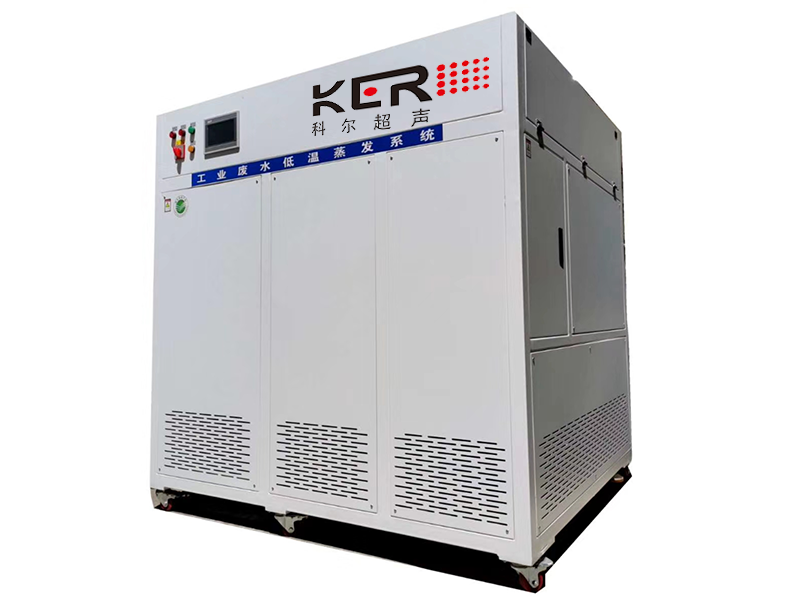
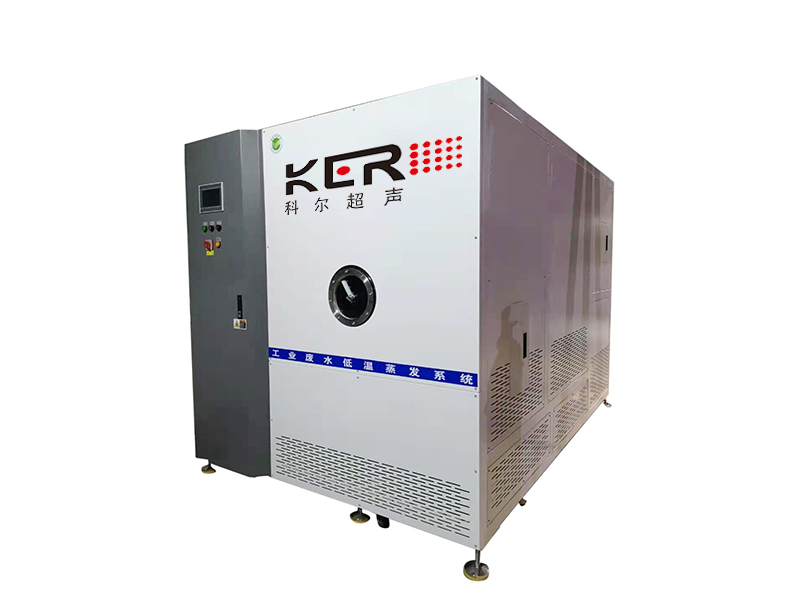
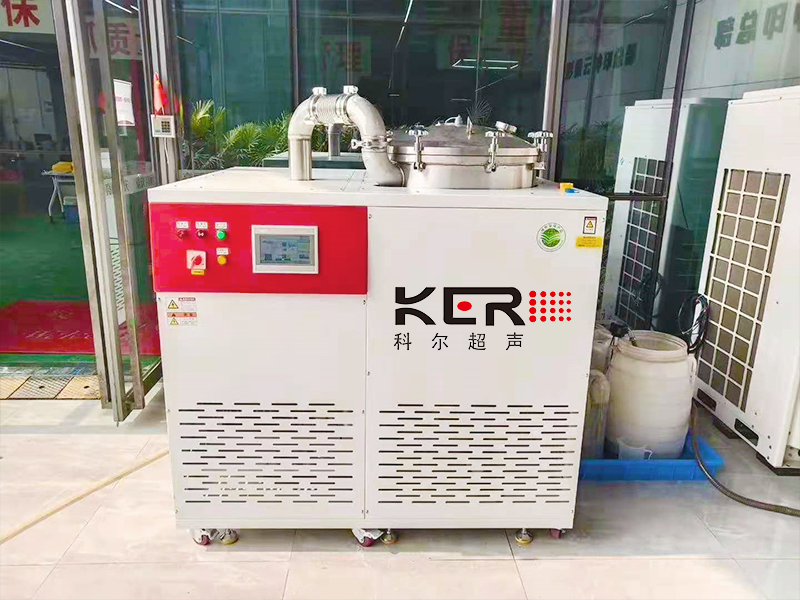
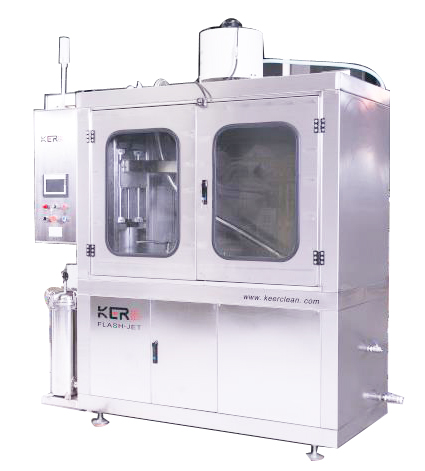
 新聞資訊
新聞資訊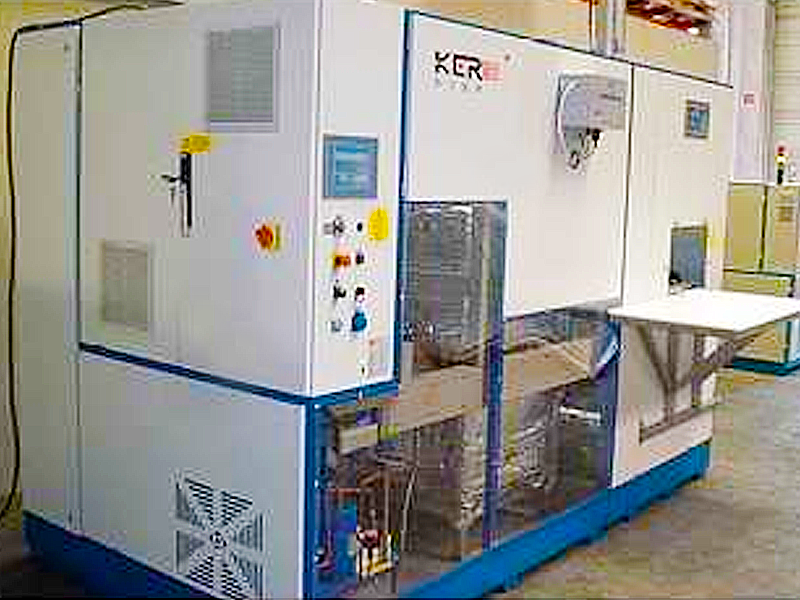
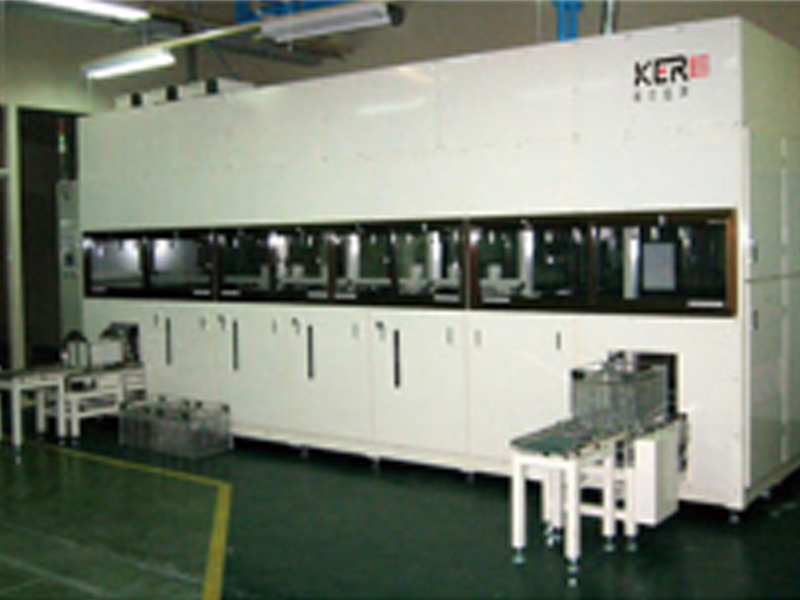
 聯係我(wǒ)們
聯係我(wǒ)們
 谘詢電話(huà):18663767799
谘詢電話(huà):18663767799 E-MAIL:jnkergs@163.com
E-MAIL:jnkergs@163.com 地(dì)址:山東省濟(jì)南市濟陽(yáng)區創業路與啟航(háng)街交(jiāo)叉口(kǒu)南40米
地(dì)址:山東省濟(jì)南市濟陽(yáng)區創業路與啟航(háng)街交(jiāo)叉口(kǒu)南40米 魯公(gōng)網(wǎng)安備 37011202001385號
魯公(gōng)網(wǎng)安備 37011202001385號
